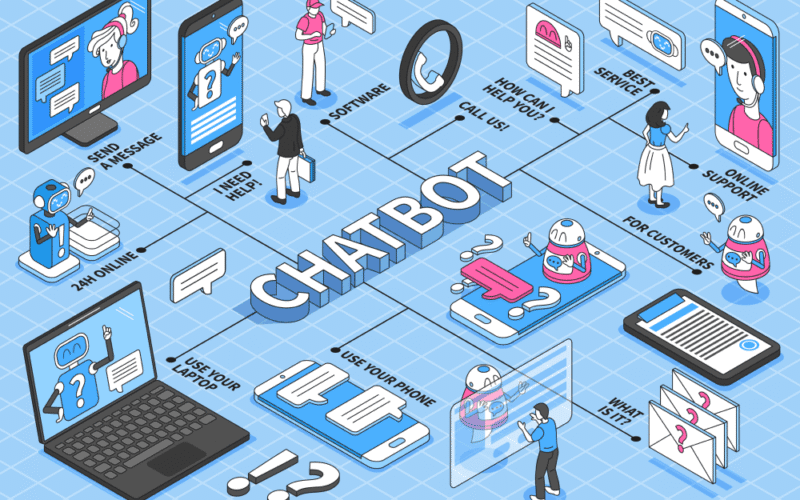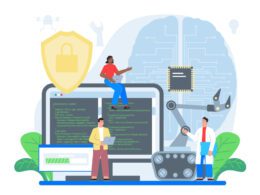Creating your own open source chatbot in 2025 is easier than ever. With powerful open source large language models (LLMs) now widely available, anyone can build a fully functional assistant without relying on closed platforms or expensive APIs.
This guide walks you through the tools, setup, and tips needed to launch your first AI-powered assistant from scratch.
Why Build Open Source AI Chatbots?
Building your chatbot with open source tools gives you full control over the tech stack, data, and performance. Unlike closed platforms, you aren’t tied to limited functionality or recurring fees. As a result, open source options offer flexibility, cost savings, and complete transparency.
Projects like LLaMA, Gemma, and Mistral are at the forefront of this movement, offering reliable models for free.
Best LLMs for Open Source Chatbot Development
To create a strong assistant, you need a capable language model. Fortunately, the top open models in 2025 include:
- LLaMA 3 – Designed for chat, released by Meta.
- Mistral 7B – Small and efficient for personal projects.
- Gemma – Google’s contribution to the open model space.
You can find them on Hugging Face, which provides trusted downloads, documentation, and an active community.
Set Up Your Open Source Chatbot Environment
Before you build your chatbot, you’ll need to prepare your development environment. Ideally, your setup should include:
- Python 3.10+
- Hugging Face Transformers
- PyTorch
- (Optional) Quantized models for improved performance
Additionally, you can run your chatbot locally or deploy it to the cloud depending on your goals.
Designing a Chatbot Interface for Your Project
Your chatbot needs a user interface to be accessible. Fortunately, tools like Gradio and Streamlit make this step simple.
- Gradio – Offers a quick, no-fuss interface perfect for testing and demos.
- Streamlit – Useful if you want more visual customization or layout control.
These frameworks allow you to focus on functionality rather than front-end complexity.
Customize Your AI Chatbot for Better Results
Out of the box, open models can be general-purpose. However, you can shape your chatbot’s tone and accuracy through:
- Prompt engineering, which guides how it responds to users.
- Fine-tuning on your own datasets for industry-specific tasks.
For example, if you’re building a support bot for a medical app, you can train it using healthcare conversations. Helpful resources and datasets are available through Hugging Face Datasets.
Secure and Deploy Your Open Source Chatbot Safely
Security and scalability are essential when deploying a chatbot to real users. Therefore, you should consider the following:
- Host it in a private environment to control data exposure.
- Sanitize inputs to protect against prompt injection or abuse.
- Monitor interactions with logging and basic analytics tools.
Moreover, frameworks like FastAPI help you expose your chatbot via REST APIs for integration with apps, websites, or customer service tools.
Launching a Chatbot with Open Source Tools
Thanks to innovations in the AI ecosystem, building an open source chatbot is no longer limited to developers with big budgets. With trusted tools, pre-trained models, and community knowledge, it’s easier than ever to create a smart, responsive assistant.
To learn more or dive deeper into AI tools and models, visit Papers with Code — a trusted resource curated by Meta AI.









